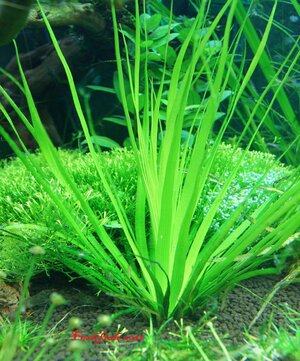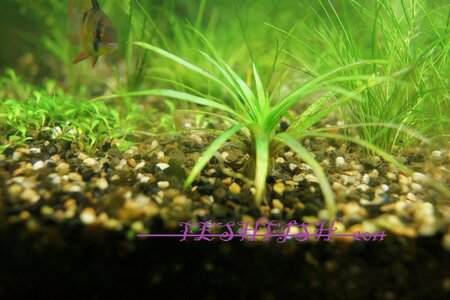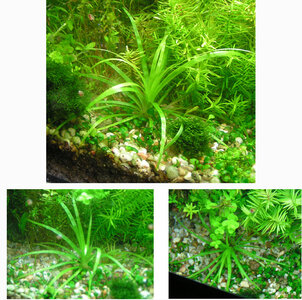Hello Massimo,
leaves are flexible but very strong and fibrous, similar to Cyperaceae sp.
OK, that sounds very grass-like; in Cyperaceae the leaves are mostly tristichous, but another family that could be possible is Juncaceae, mostly with distichous leaf arrangement.
Cyperaceae sp.: Do You mean members of this family in general, or a particular aquarium plant so called in the hobby?
Btw., in the new Kasselmann book (2010) a "Cyperaceae sp." is described but not depicted, and the description may be in line with this "Eriocaulaceae sp. 'Type 2'":
http://www.guitarfish.org/2007/07/11/er ... -sp-type-2
Here's a pic from a "Cyperaceae sp." looking like that:
http://www.geocities.jp/tos_2344848/miz ... eae_sp.htm



